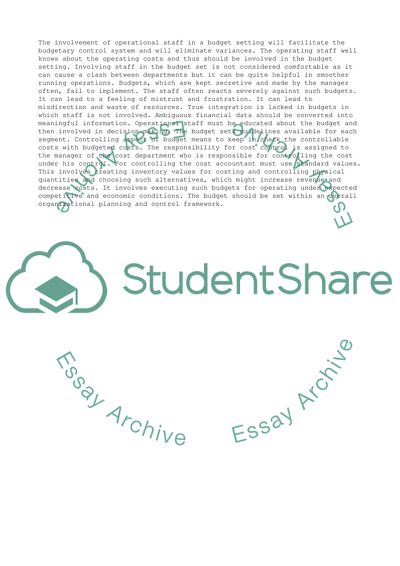Cite this document
(“The Organizational Structure of the Business Research Paper”, n.d.)
The Organizational Structure of the Business Research Paper. Retrieved from https://studentshare.org/business/1503834-business-plan-master-essay
The Organizational Structure of the Business Research Paper. Retrieved from https://studentshare.org/business/1503834-business-plan-master-essay
(The Organizational Structure of the Business Research Paper)
The Organizational Structure of the Business Research Paper. https://studentshare.org/business/1503834-business-plan-master-essay.
The Organizational Structure of the Business Research Paper. https://studentshare.org/business/1503834-business-plan-master-essay.
“The Organizational Structure of the Business Research Paper”, n.d. https://studentshare.org/business/1503834-business-plan-master-essay.


